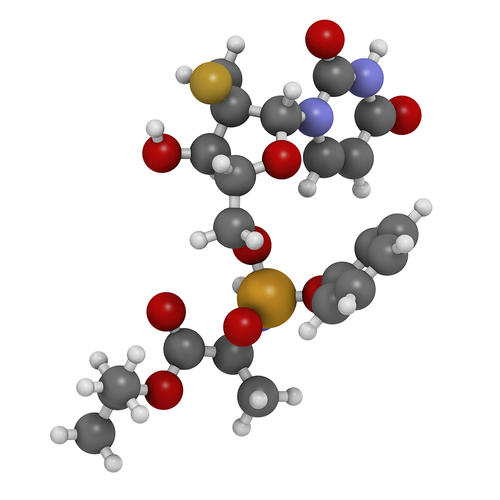Click here for the next report.
San Francisco—Patients likely will not see this side effect listed on package inserts for direct-acting antiviral therapies for hepatitis C, but the introduction of second generation DAA agents appears to have significantly reduced the number of HCV patients who need liver transplants.
Following the Food and Drug Administration (FDA) approval of the first 2 drugs in the class, simeprevir and sofosbuvir, in late 2013, the proportion of all new waitlist registrations for liver transplantation attributed to HCV patients dropped 23%. The proportion represented by HCV patients without hepatocellular carcinoma declined by 33%, according to Late Breaking abstract 29 (LB-29), presented by RB Perumpail and colleagues at the 2015 annual meeting of the AASLD, held here recently. Click here to find the entire abstract.
Researchers used data from the United Network for Organ Sharing to compare new waitlist registrations attributed to HCV with and without hepatocellular carcinoma for the 15 months before the FDA approval (August 2012 through October 2013) to the 15 months following approval (January 2014 through March 2015).
HCV patients accounted for 34.8% of all new waitlist registrations for liver transplants in August 2012 compared to 26.8% in March 2015. HCV patients without hepatocellular carcinoma represented 23% of new registrations for liver transplants at the beginning of the study period and just 15.4% at the end.
